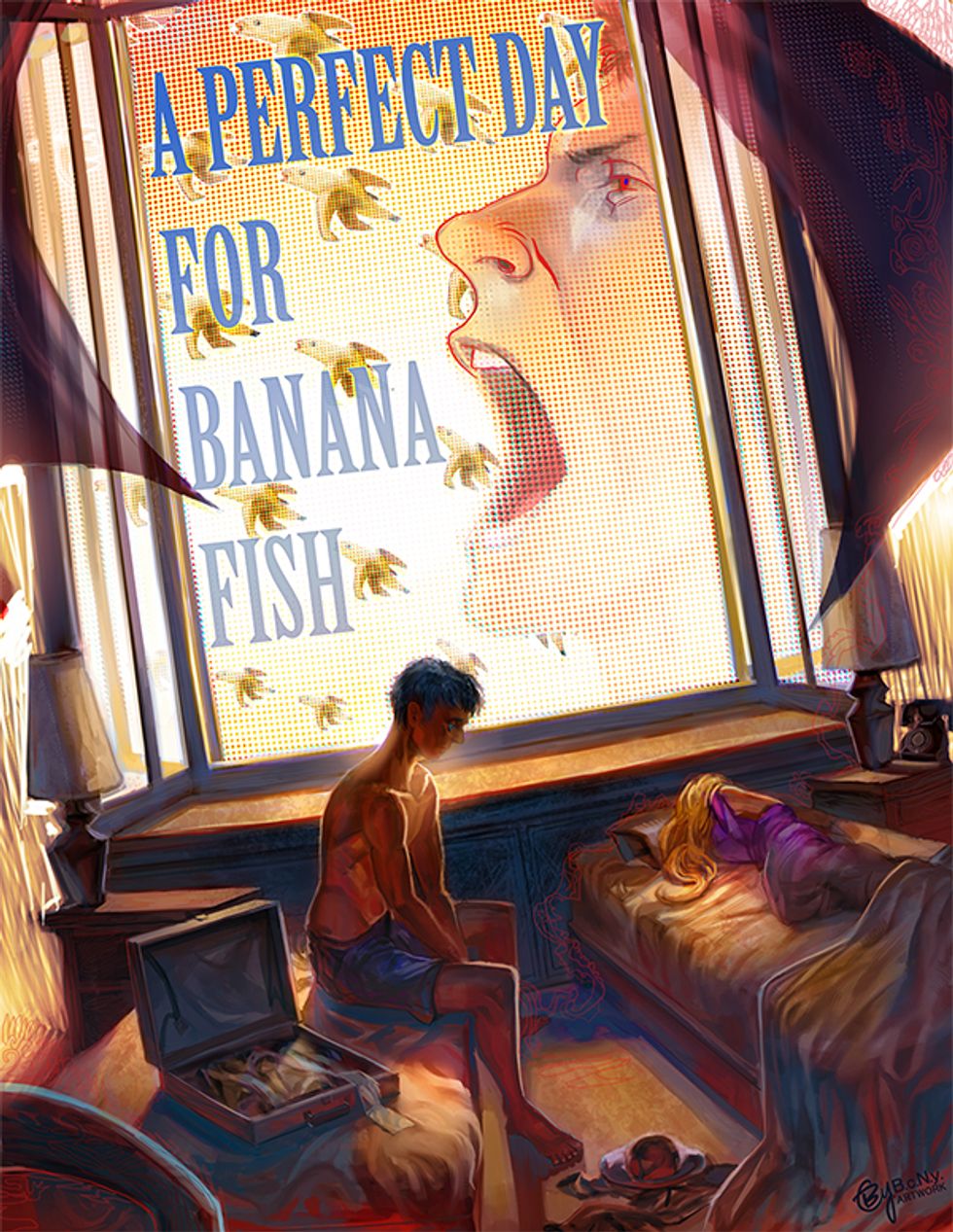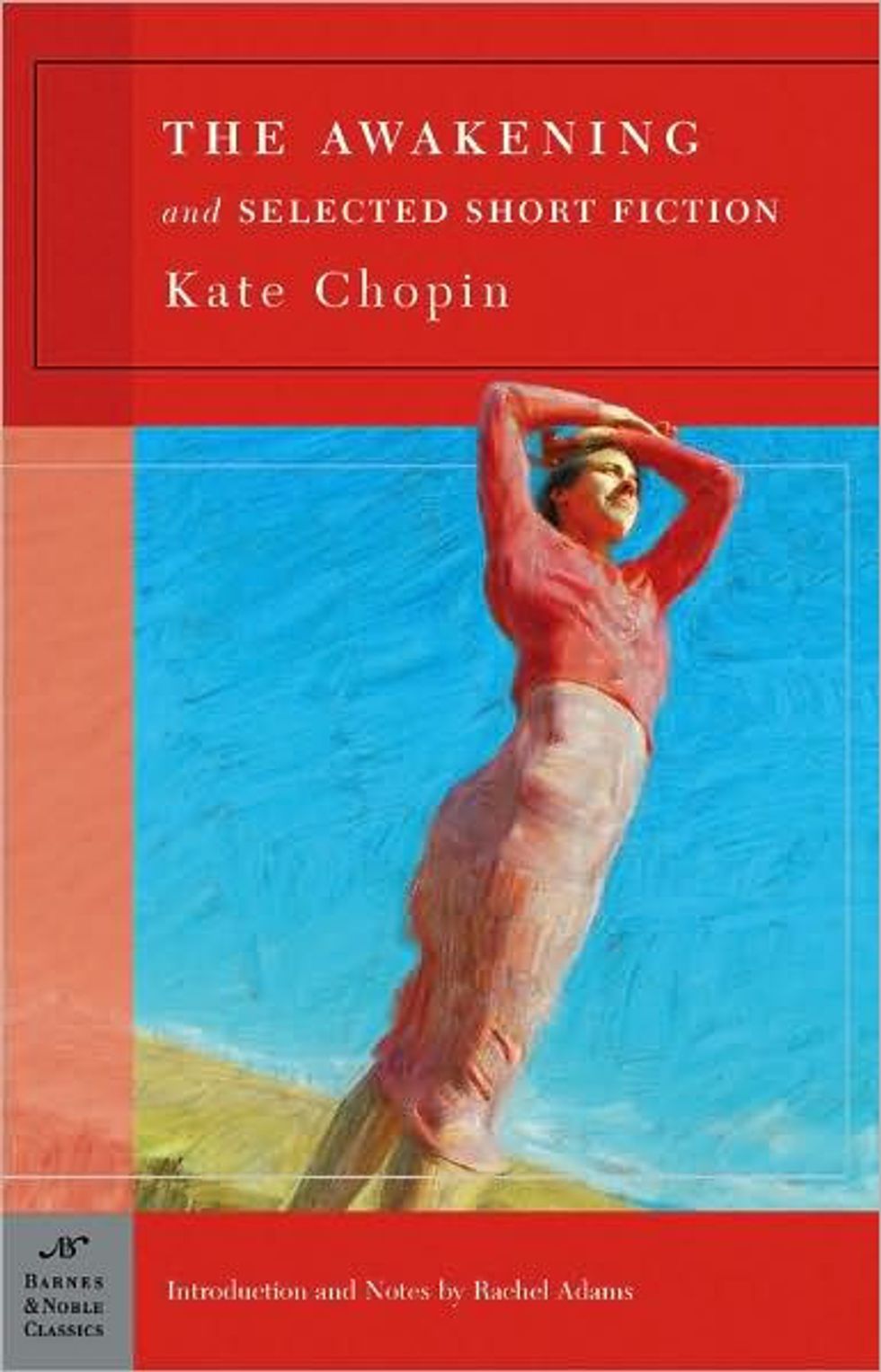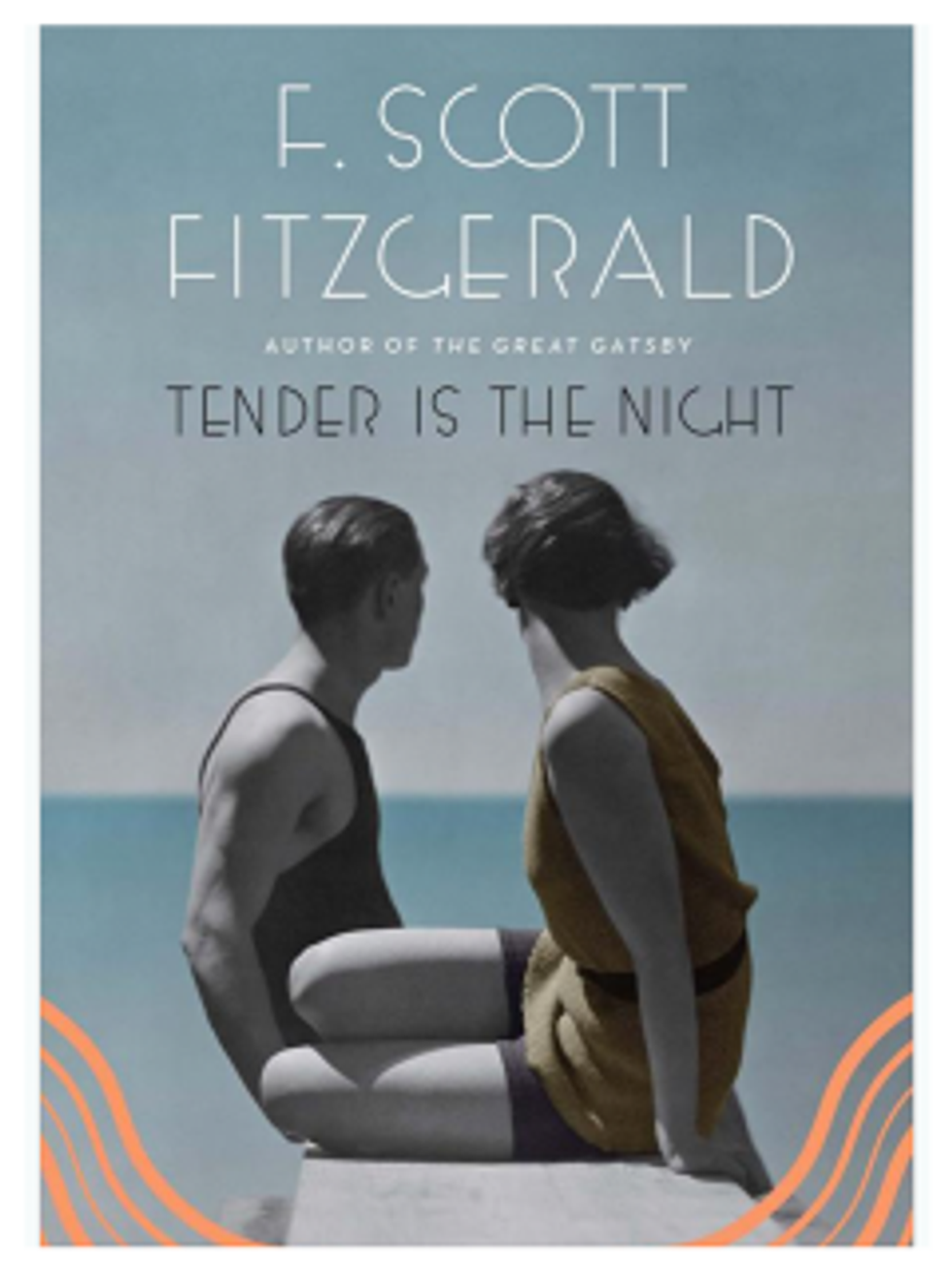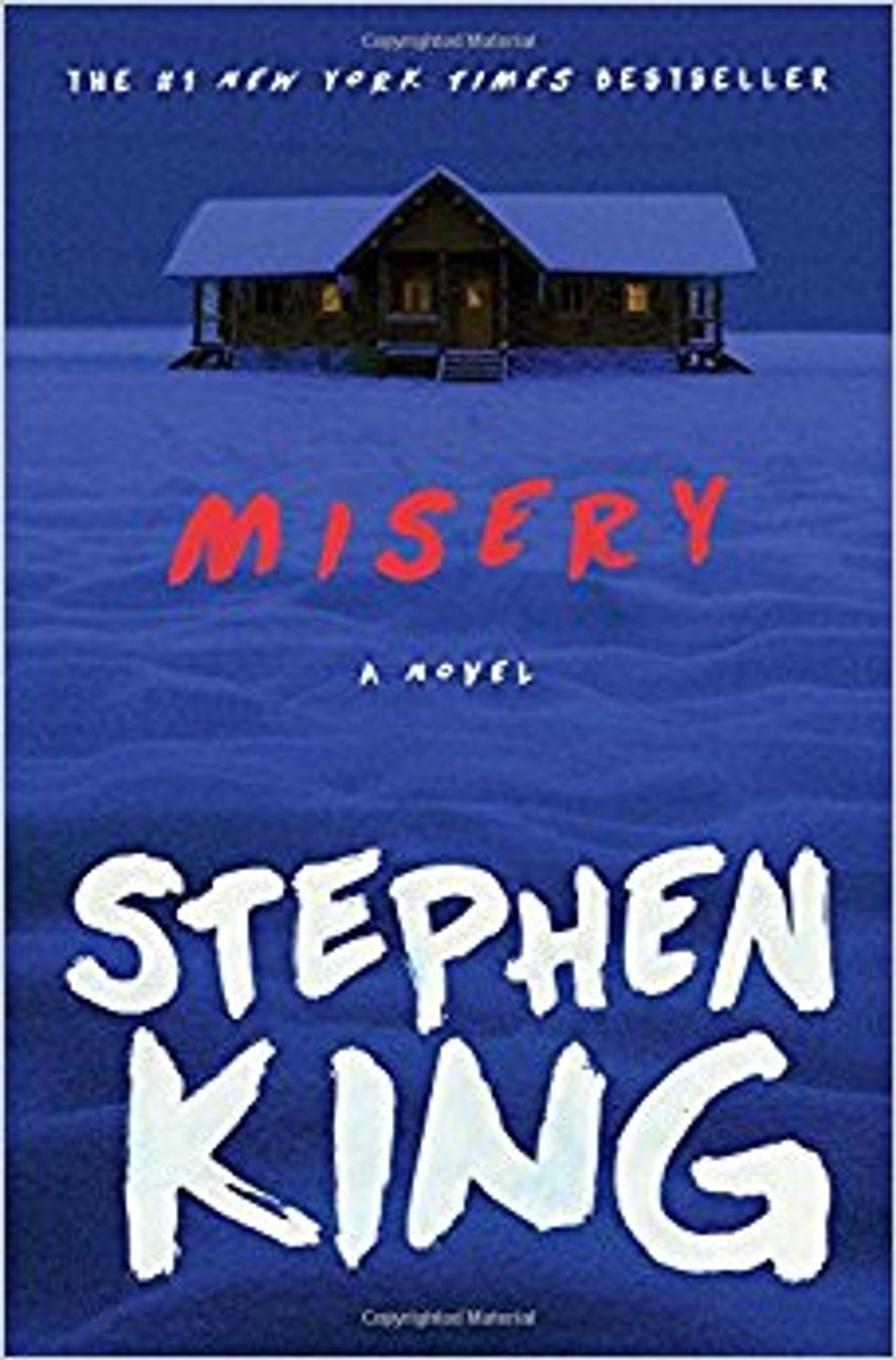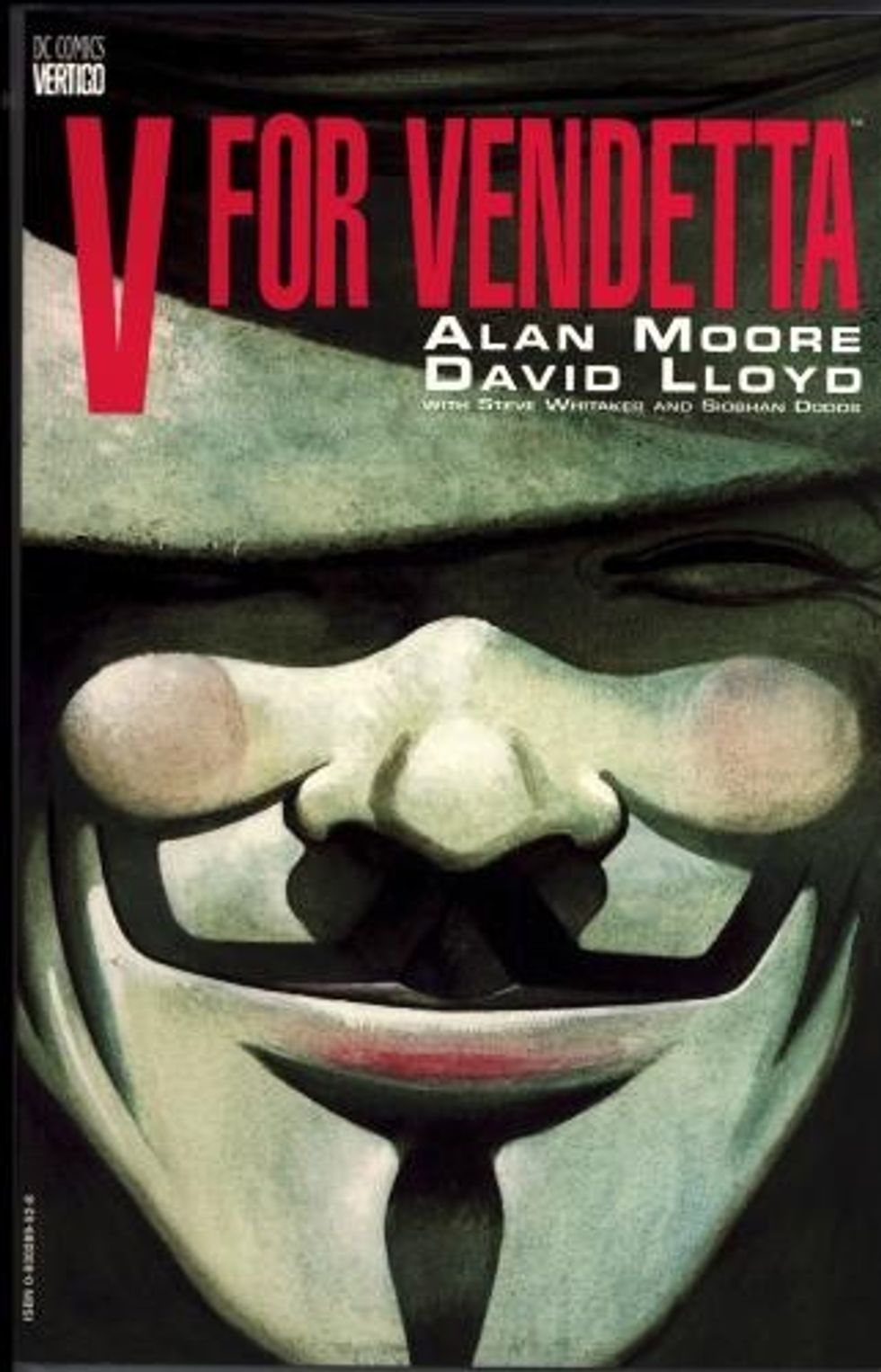In recognition of Mental Health Awareness Month, I have composed a list of several pieces of literature, mostly fiction, that examine the topic of characters suffering from mental illness. Many of these authors experienced mental illness themselves firsthand, and their work reflects some of their own personal struggles. Stories of this nature serve not only as catharsis for the writers, but also as insight for others, examining the lives and struggles that hundreds, and thousands, of people face daily. Please be aware, some of the stories below contain content involving depression, suicide, PTSD, anxiety, etc., among other forms of mental illness.
1. 'The Yellow Wallpaper' by Charlotte Perkins Gilman
Photo credit: pbworks.com
A sufferer of a "nervous condition" herself in the late 19th century, Gilman creates a female protagonist in her own image for this story. The narrator is prescribed a "rest cure" by her husband, who is a doctor, in the countryside. She begins keeping a secret diary (because writing is considered too strenuous), documenting her opinions on her condition, her encounters with her husband who confines her indoors, the house and the room she stays in with the horrible yellow wallpaper. As she stays there longer, and as her depression deepens, she begins to believe there is a woman in the wallpaper "creeping" to get out. While this story is a commentary on feminism at a time when women's independence was historically changing, it also shed light on ineffective treatments prescribed around the turn of the century for women suffering from depression or nervousness.
Read it here.
2. 'Symbols and Signs' by Vladimir Nabokov
Photo credit: goodreads.com
An aging Russian couple living in America, travel to visit their son in a sanitarium who is plagued by "referential mania," a form of psychotic mental illness known commonly as ideas of reference. When they are turned away due to their son's recent suicide attempt, the father decides they need to take him out of the hospital and bring him home. Nabokov is an excellent storyteller and his writing skills lead the reader to guess as to how the story will play out or what certain symbols mean. What is truly fascinating about this piece is the symptoms a person with ideas of reference has, such as the notion that objects or events happen deliberately, pointing towards an underlying message. By immersing the reader in a story filled with so much symbolism, he makes them a part of it.
Read it here.
3. 'A Perfect Day for Bananafish' by J. D. Salinger
Photo credit: prezi.com
This story features Seymour Glass, a member of Salinger's famous fictional Glass family who is afflicted with PTSD after returning from Germany during WWII. Seymour is on vacation in Florida with his wife Muriel, and he spends the day at the beach with a female child from his hotel while his wife spends the day in their hotel room. The story opens with a phone conversation between Muriel and her mother who is concerned about her vacation with Seymour; there are several unclear reasons regarding some "funny business" he had been involved in. When Seymour and the child go swimming, he describes bananafish to her, drawing an unwritten connection between the "tragic life" of the fish and soldiers who return from war to a world they cannot fit back into.
Read it here.
4. 'The Awakening' by Kate Chopin
Photo credit: barnesandnoble.com
Though it is often considered a novel, "The Awakening" is found in short fiction anthologies. Chopin's story follows the life of a woman named Edna, just before the turn of the century in Louisiana, as she struggles to accept her role as wife and mother. Burdened by social expectations of women at the time, and her conflicting desire for freedom and independence, Edna engages the interest of other male suitors and ends up falling in love. As she comes to terms with her own desires of life, she is emotionally crushed when the reality of her situation hits her.
Read it here.
5. 'Macbeth' by William Shakespeare
Photo credit: shakespearecomics.com
What list is not complete without a little Shakespeare? "Madness" runs rampant in this classic play by the famous bard. Driven by the desire for power and a prophecy foretold by the Weird Sisters, Lord and Lady Macbeth are willing to go to any lengths, even commit murder, to get what they believe to be rightfully theirs. But when guilt and hallucinations begin to creep into their psyches, the pair begin to unravel, bringing about their own demise.
Read it here.
6. 'Diary of a Madman' by Nikolai Gogol
Photo credit: goodreads.com
One of his best known works, Gogol's 1835 story follows Russian civil servant, Ivanovich Poprishchin, as he descends into madness before the reader's eyes. Criticized by his Section Chief, and largely ignored by the woman he is in love with, Poprishchin becomes more and more unhappy. He ultimately beliefs himself to be Ferdinand VIII of Spain and thinks he can understand letters written by a pair of dogs. By the end of this short story, the reader is left to wonder if it is Poprishchin's own psyche that causes his insanity, or the oppressive world he lives in that drives him to it.
Read it here.
7. 'The Bell Jar' by Sylvia Plath
Photo credit: goodreads.com
Perhaps the most tragic piece on this list is "The Bell Jar" because of its connection to the authors life. The main character, Esther, is a young woman who spends the summer of 1953 in New York for a magazine internship. But between her time in the city and her home life in Massachusetts, she is unhappy with her prospects in life and sinks deeper into depression. After several suicide attempts, Esther is finally treated and gains a more positive outlook. Unfortunately, Plath's inspiration for her one and only novel came from her own experience with depression. Just after the release of the book, she committed suicide.
Read it here.
8. 'Girl Interrupted' by Susanna Kaysen
Photo credit: amazon.com
Based on her own life and adapted into a film, Kaysen's memoir reflects her time in a psychiatric hospital in Massachusetts. Suffering from borderline personality disorder, she is admitted to the hospital for nearly two years to treat her illness after attempting suicide. The memoir discusses not only Kaysen's own thoughts on her life and her disorder, but talks about the mental illnesses experienced by the girls she became friends with there, including depression, schizophrenia, sociopathy, obsessive compulsive disorder, and more.
9. 'Tender is the Night' by F. Scott Fitzgerald
Based upon many of his own experiences, Fitzgerald also modeled many of the characters and conditions after his wife Zelda (her schizophrenia) and their lovers. In the novel, the main characters Dick and Nicole are discovered to have had a doctor-patient relationship that turned into marriage. After taking on Nicole as a patient to help her with her mental illness, she falls for him. He develops Florence Nightingale Syndrome in return—or the effect of a caregiver falling romantically for their patient. Taking nearly a decade to write, Fitzgerald's own personal and family struggles were sprinkled into the story.
Photo credit: yomu-reader.com
10. 'Misery' by Stephen King
King's knack for creating all types of characters is endless, and his understanding of obsessed fans shines through in this horror story. Also made into a movie, the novel centers around two characters: writer Paul Sheldon and a nurse named Annie Wilkes who rescues him from a car wreck and nurses him back to health at her home in snowy Colorado. Due to his research as a writer, Sheldon suspects Annie of having a mental disorder. Through her increasingly violent treatment of him, it is apparent Wilkes does in fact show symptoms of schizoaffective disorder and bipolar disorder.
Photo credit: amazon.com
11. 'Alicia' by Gabrielle Roy
This short story is told from the perspective of the younger sister of a girl named Alicia who suffers from an unnamed mental illness. The young girl describes the good memories with her sister, the times Alicia began withdrawing into seclusion as her mind slipped from reality and her ultimate decline into a psychiatric hospital where the younger sister must visit her. Though we do not get a clear description of the narrator's character, the story serves as a witness to the effects of the illness on Alicia and her family.
Photo credit: thecanadianencyclopedia.ca
Read it here.
12. 'V for Vendetta' by Alan Moore
Photo credit: inmediahk.net
"Remember, remember, the fifth of November!" Last, but certainly not least, this graphic novel depicts an anarchist simply named V and chronicles his vengeance upon the fascist regime Norsefire in a dystopian England. Written and based in the 1980s, V's character is only described from the viewpoints of supporting characters: his protégé Evey and Detective Eric Finch. V's behavior and views on overthrowing the fascist party may seem mad at times, but it is revealed through a diary left for Finch that V was once tortured and experimented on by a researcher for the regime. The mental and physical abuse suffered by V is certainly a driving factor in his search for vengeance and freedom for the people.
While the conversation about mental illness has changed over the years and there is more support now than ever before, mental illness is still greatly misunderstood. A stigma still surrounds much of what is not known. For more information on mental illness and disorders, please visit MentalHealth.gov. If you or someone you know needs help, please contact National Institute of Mental Health or the National Suicide Prevention Lifeline. Or reach out to friends and family—there is always help available!




